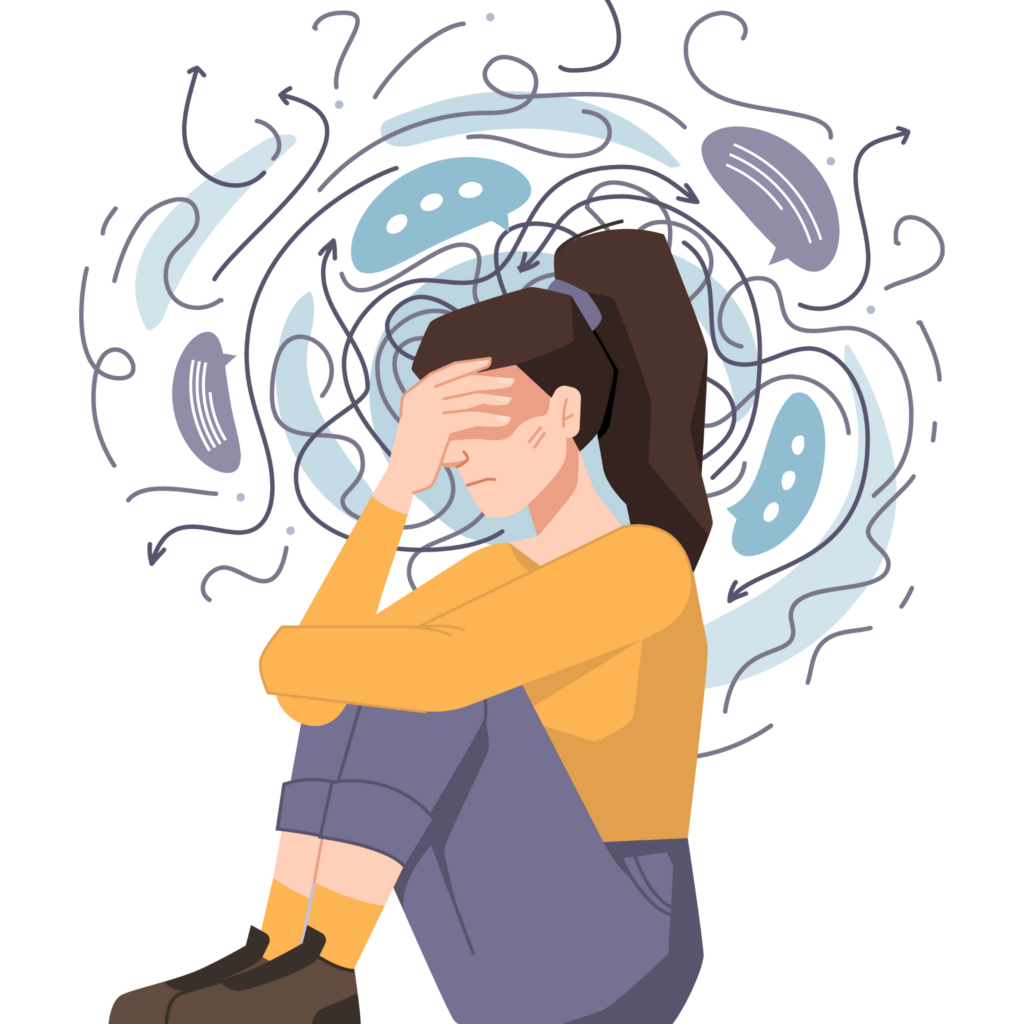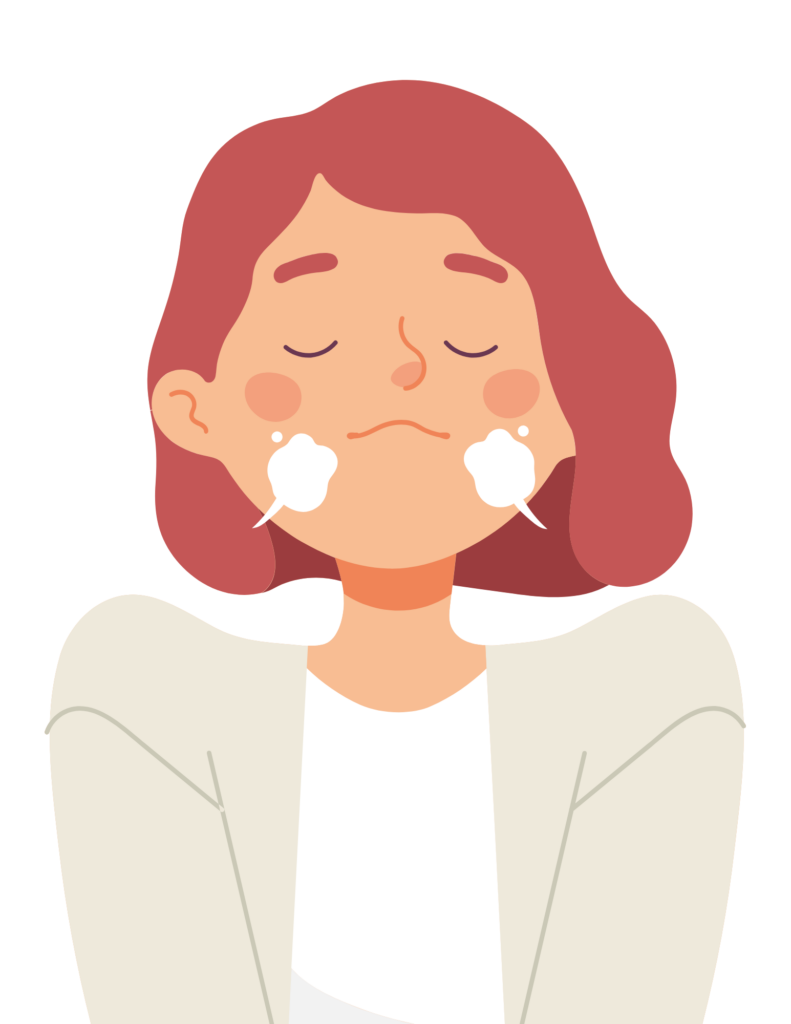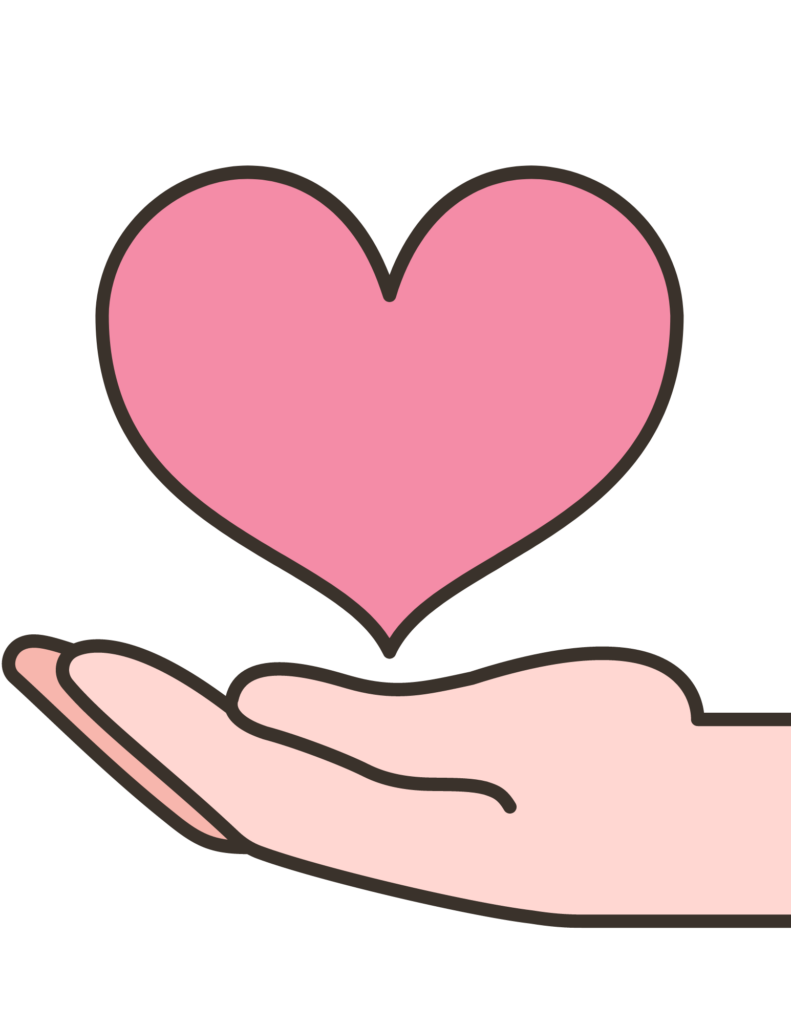Coping with Anxiety (Part 1)
Here is an experience common to many PFIC patients, parents, and loved ones: a period of crisis comes. The experience is brutal, but amazingly, everyone weathers the storm, often with more composure than you might have expected. Things get a bit better. And then, in this period of comparative calm, an emotional or psychological storm blows in, swirling with all of the feelings that couldn’t be felt when you were too busy just trying to survive. You might experience this as anxiety, panic attacks, irritability, rage, depression, or even as pain or other physical symptoms. This can feel confusing. Why am I struggling now when I held it together during the hardest time? It feels confusing, but it’s also so normal. You were strong and focused during a time of crisis. You gave yourself fully to doing what had to be done. There was little space to feel the weight of fear or grief, and so those feelings waited inside your body for a moment when you could experience them.
One common way of experiencing this storm of emotions is through panic attacks. A panic attack is a brief but sudden episode of intense anxiety, accompanied by physical symptoms of fear, like a racing heart and difficulty breathing. Panic attacks aren’t dangerous, but they can feel quite frightening, and they are certainly inconvenient and unpleasant! It’s as if your body is suddenly screaming at you at top volume, with no consideration for the fact that you’re trying to push a grocery cart or lead a staff meeting: “Hey, buddy! We have stuff in here that we need to deal with! So either make some space for that, or I’m going to make the space for you!”

In this post, we will focus on ways to ground yourself during a panic attack or acute episode of anxiety. In a future post, we will talk about ways to address the background (or foreground!) noise of anxiety inside you so that panic attacks are less likely to occur. During a panic attack—much like during a medical crisis—the goal is just to make it through as best as you can. No reasonable person expects you to have the bandwidth for deep psychological work during the peak of a medical crisis, and it isn’t reasonable to expect this during a panic attack either. That work can come later, in a moment of comparative calm. When your heart is pounding and your palms are sweating, it’s enough to simply ride through the moment.
Acknowledge What’s Happening
When you’re having a panic attack or acute episode of anxiety, you might feel tempted to try to distract yourself out of it. Before introducing any distractions, take a moment to feel what you feel and to compassionately acknowledge to yourself what’s happening. You might need to scream or cry. That’s okay! Find a place where you can give yourself that release. Then offer yourself a compassionate acknowledgment of what’s happening. You might say something like, “I’m having a panic attack. It feels scary, but it’s not dangerous.” Or “I’m feeling really anxious right now. It feels very intense, but the intensity will subside soon.” Or “I’ve been here before. This is hard, but I know how to ride this out.”
Breathe and Count

During a panic attack, it’s natural to breathe rapidly. Your body is in fight-or-flight mode, after all. By changing your breathing pattern, you can begin to coax your body into a more relaxed state. Try taking a slow breath in through your nose and then a slow exhale through your mouth. Many people find it helpful to count as they breathe. For example, if your inhale takes about four seconds, then count to four as you inhale and then exhale to an equal or longer count. The slow breathing—especially the long exhalation—can help bring your nervous system back into balance, and the counting offers your mind something neutral to focus on. Most people find this helpful, but for some, the attention to breath can actually feel anxiety-increasing. If that’s the case for you, then simply skip over this tool and try out the other suggestions below.
3-3-3 Method
In a panic attack, it’s normal to be so swept up by anxiety and by the physical symptoms that accompany it that you lose touch with your surroundings. Assuming you are in a safe place, then coming back into contact with your environment around you can help your panic to abate. To do this, try out the 3-3-3 method.
- Notice and name three things that you can see, allowing yourself a brief moment to focus on each object.
- Then notice three sounds that you can hear. This can be a little more difficult, since sounds tend to blend together, but giving your attention to this process can help soothe and ground you. If you can’t find three sounds, make one or two of your own.
- Finally, find three things that you can move or touch. They can be your own body parts or objects around you. Feel what it’s like to move your body or to come into contact with different textures.
If this technique works well for you, consider repeating it more than once, tuning into more sights, sounds, and textures.
Move
When we are in a state of panic, our muscles tense and our shoulders tend to round forward. Take a moment to notice your physical posture, and then try adjusting it. The brain and body communicate back and forth, and so when our body takes on the posture of anxiety, our brain assumes that there is something to be anxious about. You can disrupt this loop by assuming a more relaxed and open posture. For example, try allowing your shoulders to roll onto your back, your jaw to unclench, your chest to expand, and your palms to open.
If you’re able to make some bigger physical movements, that might prove even more helpful. Examples could include stepping outside for a breath of fresh air, washing a few dishes, tidying your desk, or—if you’re feeling up to it—more significant exercise like a walk.
A Helpful Reminder
If none of these tools work for you or if you struggle to remember them in the moment, then there’s good news: your panic attack will end even without them! The intensity will abate. Your body will settle. Reminding yourself of this can be helpful. This too shall pass. Of course, there may be another panic attack to deal with down the line. Practicing these tools—or any tools that you find grounding—in moments of calm or of mild anxiety can help you to build the muscle memory needed to implement them in moments of panic.
Please remember: a panic attack is not a failure. It doesn’t mean that something is wrong with you. It just means there’s work that your body and mind are asking you to do. In other words, you’re a work in progress, and aren’t we all?
We hope the tips above will be useful to you, but if you are experiencing significant distress related to panic attacks, anxiety, or other emotional fallout from PFIC-related trauma, then we encourage you to seek support from your physician, a therapist, or another qualified professional. And as always, we would love to see you in one of our support groups!

